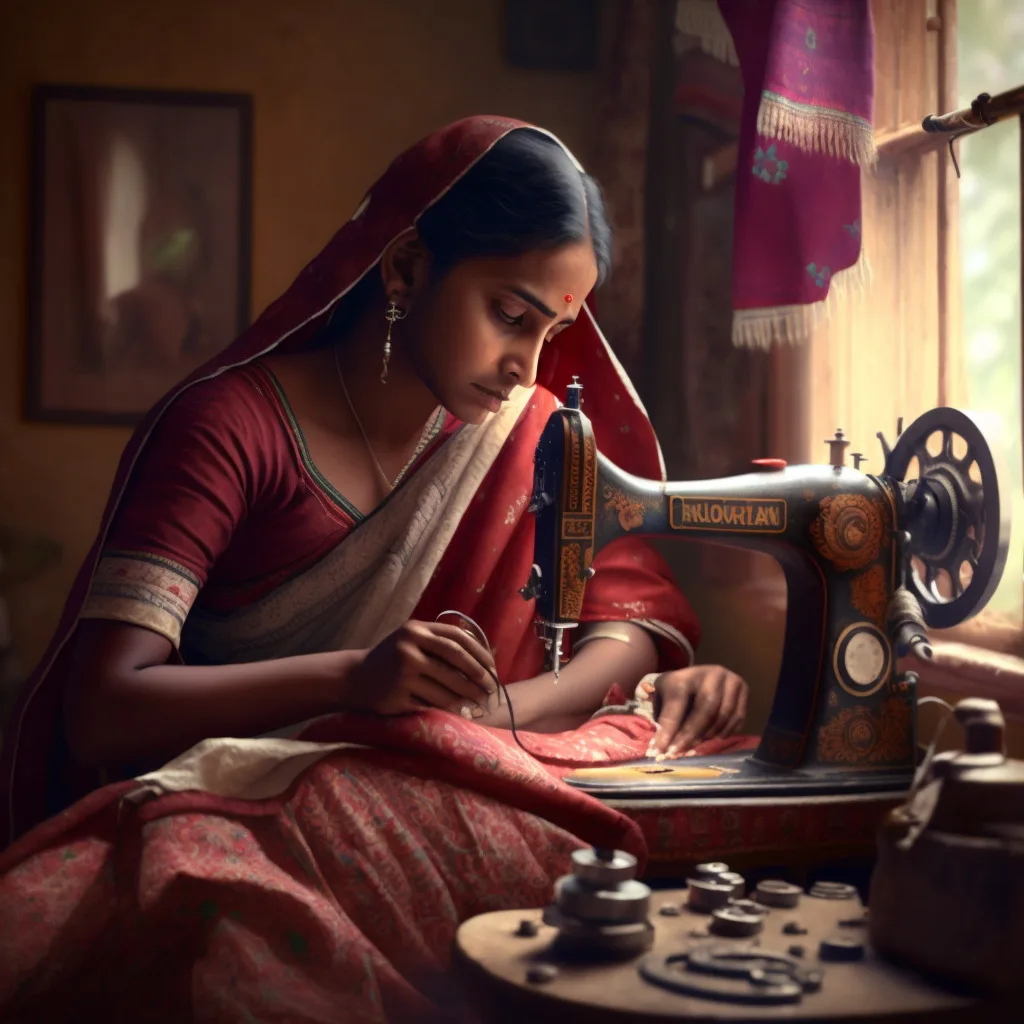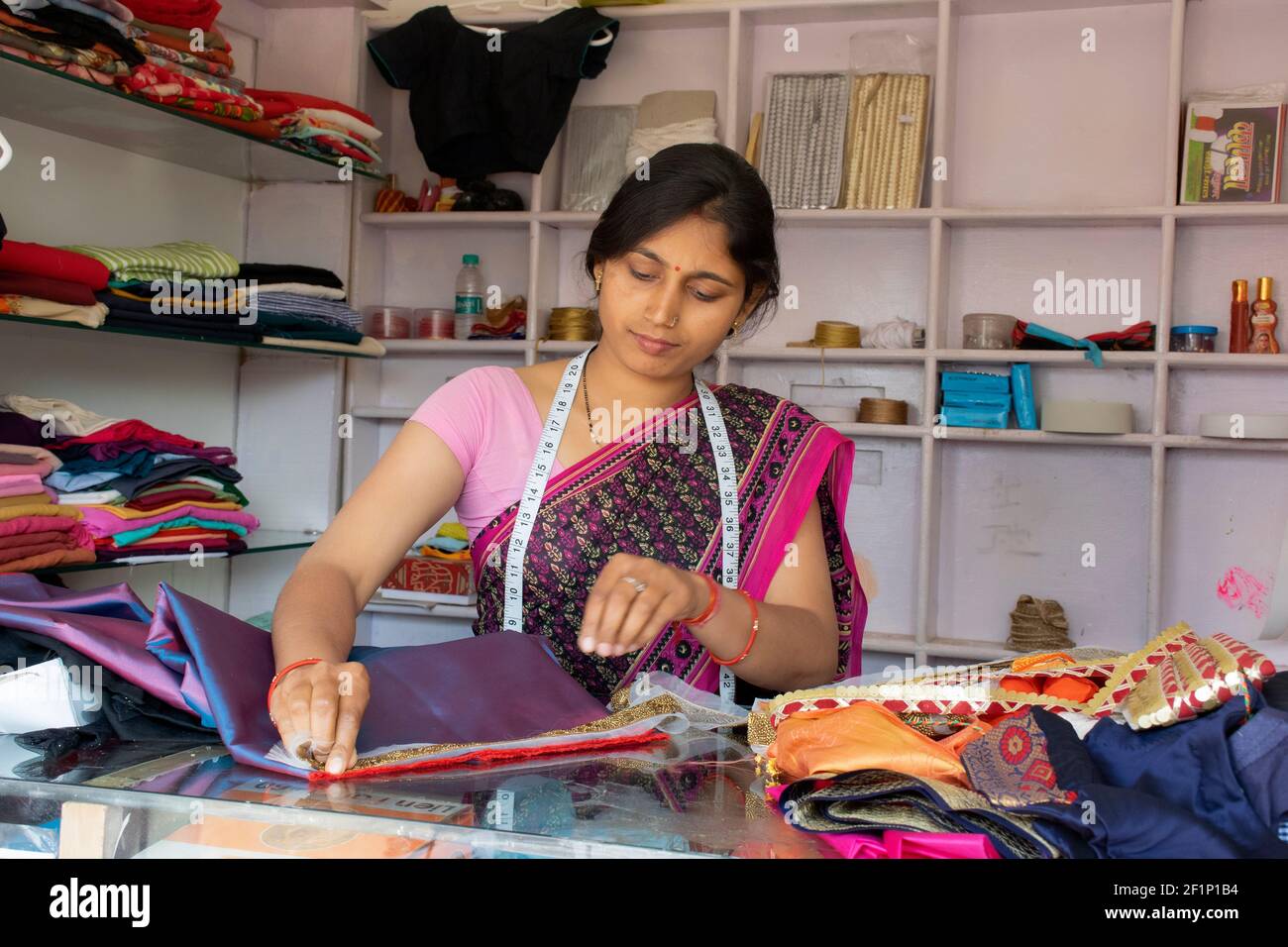Tailor Perth Insights: Discover the Art of Fine Tailoring in Perth
Comprehending the Tailoring Refine: From Material Selection to Final Fitting for the Suitable Wardrobe
The tailoring process is a complicated interaction of art and scientific research, starting with the essential choice of fabric selection and culminating in the accurate adjustments of last installations. Each material kind brings one-of-a-kind qualities that influence not just the visual appeal but additionally the garment's longevity and suitability for various occasions. Comprehending the subtleties of tailoring methods can elevate one's closet to unmatched degrees of class. As we check out these components better, one must consider exactly how also the smallest information can significantly affect the general outcome of one's personal style.
Importance of Textile Choice
Selecting the appropriate material is critical in the customizing process, as it directly influences the comfort, sturdiness, and overall visual of the final garment (tailor perth). The selection of textile establishes the structure for the garment's efficiency, functionality, and style. Different materials possess unique homes, such as breathability, weight, and stretch, which can substantially influence just how the garment drapes and fits the body
Additionally, textile choice affects the garment's long life and simplicity of care. Premium fabrics can withstand damage, maintaining their appearance and structure over time, while lower-quality materials may bring about pilling or fading. In addition, the right material contributes to the garment's ability to change across seasons and occasions, thus improving versatility.
A tailored item made from a suitable material not only showcases workmanship however likewise raises the wearer's confidence. Recognizing the nuances of fabric selection is paramount for any tailoring endeavor. It guarantees that the final product not just fulfills the visual needs of the client but likewise straightens with practical requirements, thereby achieving an unified balance in between type and function in the tailored wardrobe.
Sorts Of Fabrics and Their Usages
Comprehending the various kinds of fabrics readily available is vital for making informed choices throughout the customizing process. Each material possesses distinct features that determine its suitability for details garments and occasions.
Cotton, understood for its breathability and softness, is ideal for casual wear and summer season garments. Its convenience enables it to be tailored right into everything from tee shirts to dresses. Woollen, on the various other hand, is favored for its warmth and framework, making it an excellent selection for formal fits and outerwear - tailor perth. Its all-natural flexibility aids garments maintain form in time.
Silk radiates deluxe and is lightweight, making it perfect for eveningwear and fragile shirts; nevertheless, it calls for careful handling due to its fragility. Bed linen, with its distinctive coating, is a prominent selection for cozy environments, providing a crisp and ventilated feel, but it wrinkles easily, which may impact the garment's look.
Artificial textiles, such as polyester and nylon, offer durability and resistance to creases, making them ideal for everyday wear and energetic clothing. Understanding these fabric kinds and their properties permits for much better decision-making, ensuring that each customized piece not just fits well yet additionally straightens with the designated function and celebration.
The Tailoring Methods Described
The art of tailoring counts on a variety of techniques that transform fabric right into well-fitted garments. Central to this procedure is pattern drafting, where a tailor develops templates based upon the client's measurements and wanted design. This initial step makes sure that the garment will fit the user effectively before any reducing happens.
When patterns are developed, reducing methods come right into play. Accuracy is critical as inaccuracies can bring about misfitting garments. Tailors commonly use different cutting techniques, such as single-layer cutting for detailed styles and multiple-layer reducing for performance on conventional patterns.
Basting is another necessary technique, permitting tailors to temporarily sew textile items together for a preliminary installation. This method offers the opportunity to assess the drape and general silhouette before last stitching.
Seaming strategies, including french seams and flat-felled joints, enhance the garment's sturdiness and aesthetic allure. Tailors additionally employ methods such as interfacing this hyperlink and extra padding to offer framework and shape to certain locations, like shoulders and collars.
Finally, ending up strategies, including hemming and edge ending up, ensure the garment's longevity while giving a polished appearance. With each other, these techniques form the foundation of effective tailoring, leading to splendid, custom-fit garments.
Suitable Adjustments and Considerations

Secret considerations include the shoulder fit, which needs to neither sag neither restrict motion, and the sleeve size, which must enable comfortable arm activity while preserving a sleek look. Furthermore, modifications at the midsection can refine the shape, with options to allow out or absorb textile as required.
The surge of pants is one more essential aspect; it should sit pleasantly above the hips without creating discomfort, permitting simplicity of movement. Hemming sizes for both trousers and skirts must reflect the wearer's favored design while appreciating percentages.

Preserving Your Tailored Wardrobe
Always follow the treatment tag instructions, which might advise completely dry cleansing for delicate fabrics or device washing for more durable products. Prevent constant laundering, as this can use down the fabric and change the garment's shape.
Storage space is just as vital; usage padded hangers for coats and layers to preserve shoulder structure, and shop pants folded nicely or hung to stop creasing. Shield garments from straight sunshine, which can fade shades and damage fibers.
Additionally, periodic examinations for minor repair services can avoid bigger problems. Check for loosened switches, fraying joints, or indications of moth damage, resolving these troubles promptly to keep the garment's stability.
Lastly, think about seasonal rotation. Putting on customized pieces in small amounts allows textiles to recuperate, expanding their life expectancy. By executing these maintenance approaches, you can guarantee that your customized garments stay as pristine as the day you first used them, boosting your suitable closet for years to find.
Conclusion
The tailoring process, including material choice, skilled techniques, and accurate fitting modifications, plays a critical role in creating garments that enhance both convenience and style. Understanding the significance of upkeep extends the life of customized garments, strengthening their worth in a well-curated closet.
Picking the ideal material is vital in the tailoring process, as it directly affects the convenience, toughness, and overall visual of the last garment. The choice of fabric sets the structure for the garment's capability, design, and performance. Various textiles have unique buildings, such as weight, breathability, and stretch, which can considerably impact exactly how the garment drapes and fits the body.
The art of customizing relies on a selection of methods that transform textile into well-fitted garments.The customizing process, encompassing material selection, skilled methods, and go to these guys precise fitting changes, plays an important duty in producing garments that boost both convenience and style.